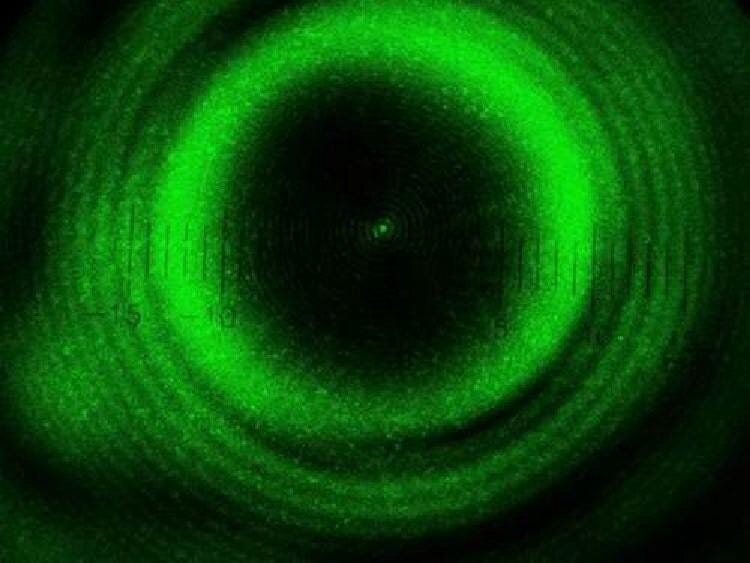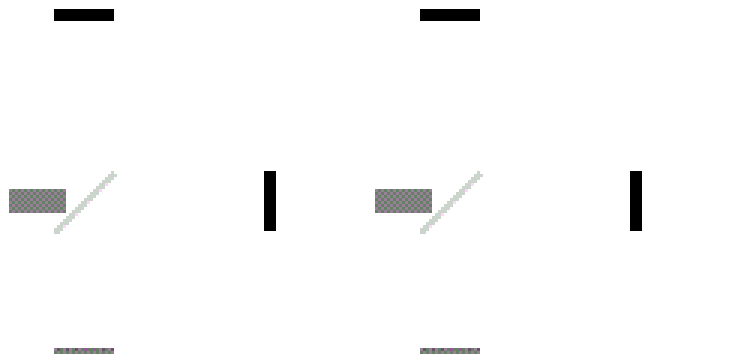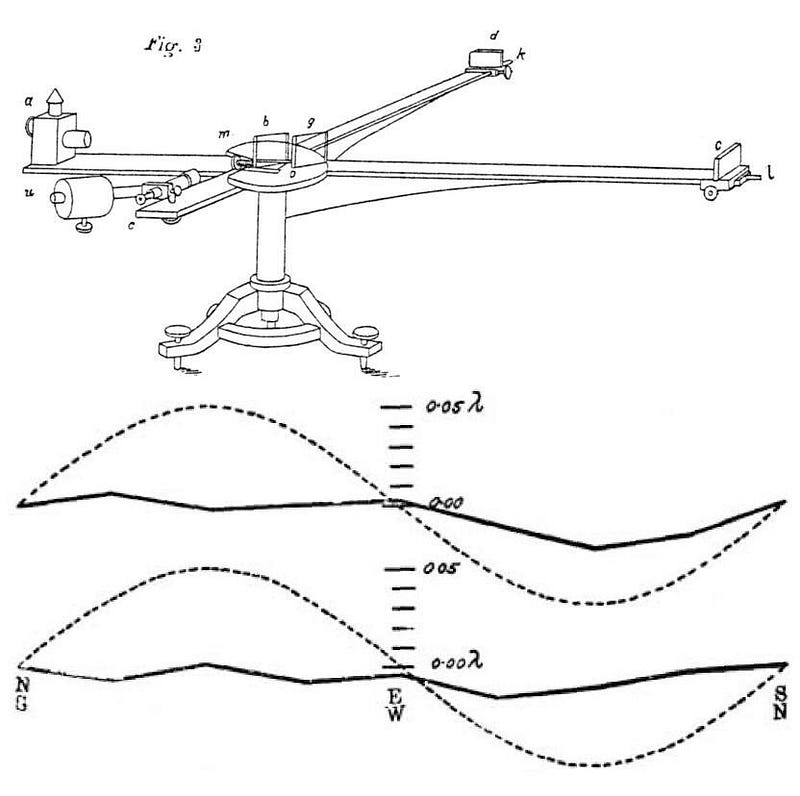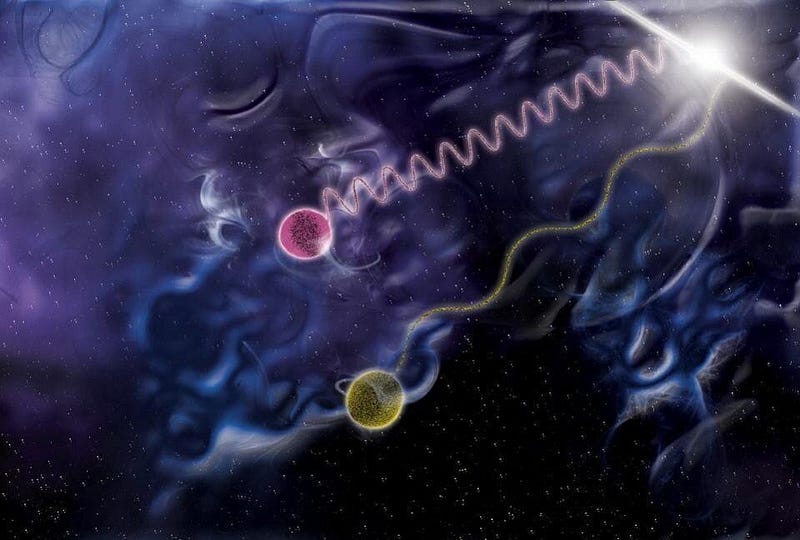# The Question of Ether: Exploring Its Existence in Physics
Written on
Chapter 1: Understanding Ether
Recently, a subscriber posed an intriguing question regarding the concept of "ether." Historically, ether was thought to be the medium through which light traveled in pre-relativistic physics. However, contemporary science largely dismisses its existence. Why is this? What evidence leads us to conclude that ether is non-existent?
To answer this, we must explore the evolution of physics. Various forms of waves—like those on water's surface, ripples caused by wind on materials, seismic waves from earthquakes, and sound waves—have been studied extensively.

In these instances, a medium is essential for the propagation of waves. Waves move through a medium either by compressing and expanding (as in longitudinal waves) or oscillating (in transverse waves). These mechanical vibrations illustrate how energy is transferred from one point to another using a physical medium.
Initially, the nature of light—whether it behaves as a wave or a particle—was a subject of debate. Figures like Newton viewed light as a particle stream, while Christian Huygens advocated for its wave nature. It wasn't until the 19th century that experiments confirmed light's wave characteristics, although we now understand that light exhibits both wave-like and particle-like properties.

The advancements in electromagnetism further clarified that light is an electromagnetic wave traveling at a finite, high, yet measurable speed, known as the speed of light in a vacuum. Physicists, drawing parallels to mechanical vibrations, hypothesized a medium for electromagnetic wave propagation, which they termed "ether." This notion raised an essential question: what properties would this ether possess?
Researchers soon realized that ether could not have a molecular structure, consist of discrete particles, or engage in thermodynamic interactions. Essentially, ether was defined solely by its role as a medium for light transmission.
This led to numerous experiments aimed at detecting ether, with the Michelson-Morley experiments being the most notable. If ether indeed existed as the medium for light, then the Earth’s motion through it—due to its rotation and orbit around the Sun—should produce observable effects.

The Michelson-Morley experiment involved splitting light into two perpendicular beams and then recombining them to create an interference pattern. If ether were present, this pattern should vary based on the orientation of the apparatus in relation to Earth's motion.
Although the Earth's speed relative to the Sun is relatively slow—approximately 30 km/s, or 0.01% of light's speed—highly sensitive instruments were expected to detect a shift in the interference pattern based on the interferometer's orientation.
Michelson's initial experiment in 1881 yielded inconclusive results due to insufficient sensitivity. However, in collaboration with Morley six years later, they achieved a more sensitive setup (with an error margin of only 2.5% of the expected shift). The outcome, however, was a negative one: no observable difference in interference patterns was detected, regardless of Earth's motion or the interferometer's positioning.

Proponents of ether attempted various explanations for the negative findings of the Michelson-Morley experiment. Some suggested that ether might be dragged along by massive objects like Earth, or proposed that ether was stationary, leading to length contraction and time dilation for moving objects, which could account for the results.
With the rise of relativity theory, the concept of ether became largely obsolete, virtually disappearing from scientific discussions. Yet, the lack of positive results from the Michelson-Morley experiments does not definitively prove ether's absence. Instead, these experiments suggest that if ether does exist, it must lack detectable properties.

Even in a hypothetical scenario where ether exists, it appears to exert no influence on the propagation of light or gravitational waves, nor does it interact with matter in observable ways. Thus, the current scientific understanding aligns with the notion that ether likely does not exist.
To learn more about space-related topics, don't forget to clap for our articles!
Subscribe to our channel and feel free to submit your questions for future discussions.
If you appreciate my work, consider supporting me by becoming a member of Medium for just $5 a month, helping us enhance our content.
Chapter 2: The Historical Context of Ether
This video discusses the historical debate surrounding ether and its implications for our understanding of the universe.
In this video, the argument against the existence of ether is presented, highlighting key scientific advancements that led to its decline in relevance.